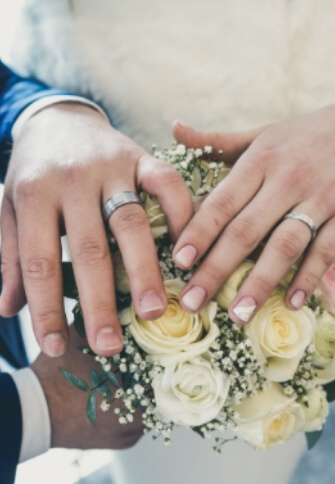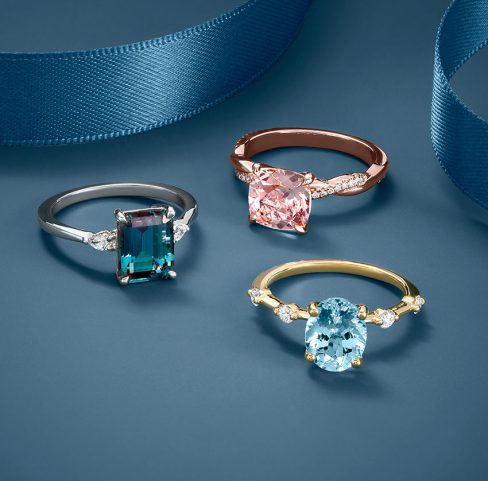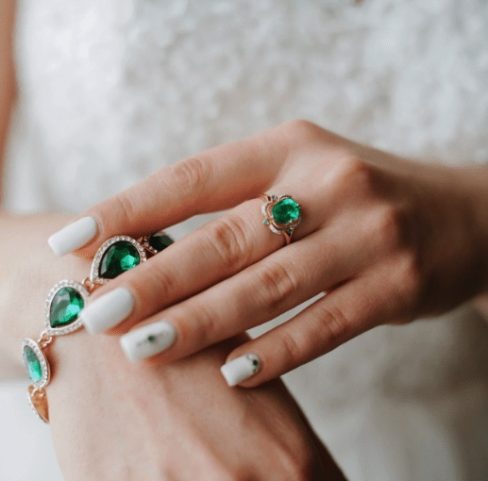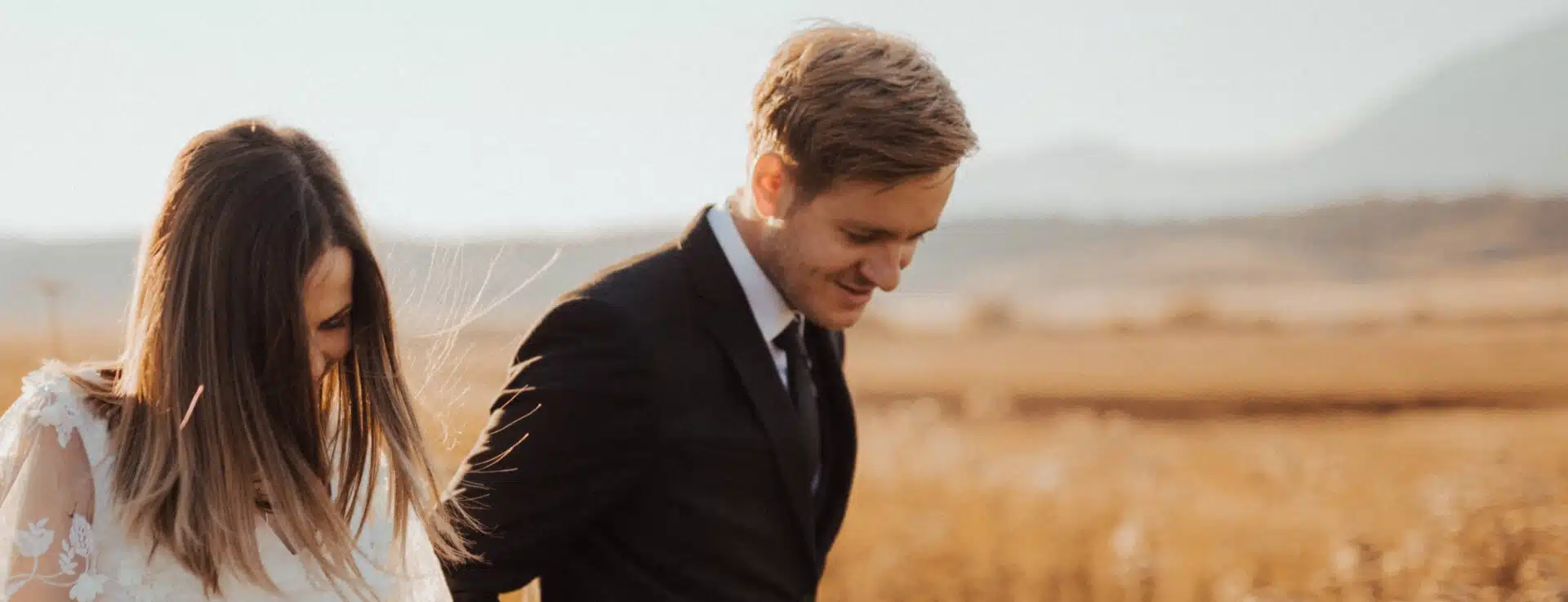”We were on channel 9, space invaders latest episode. After a failed renovation leaves Georgina and Nathan’s home in ruins and full of clutter. They were excited to find out what Daniel the expert had discovered about Georgina’s family ring”
What is a Diamond Ring Appraisal?
An appraisal is one form of assessing a diamond ring. This official piece of paper will describe the assigned value of your entire ring—including your diamond, other stones and your setting. Professional appraisers and jewellers provide these value assessments. In the jewellery industry, it’s standard for appraisals to be inflated, usually at 100% above the retail value.
When you first receive your appraisal, it may seem like you snagged a great deal. But both the insurance company and the jeweller benefit from the elevated appraisal. Insurance companies can charge higher premiums and the jeweller can boast an excellent deal.
This is why appraisals need to be taken with a grain of salt. They are a tool that serves two purposes. Ensuring you aren’t getting ripped off when purchasing a diamond and a necessary paper for you to get insurance.
Because an appraisal doesn’t reflect the actual value of your diamond ring, you need to be realistic about what to expect when you sell or trade-in your stone. You may be surprised at how little you receive in comparison with your appraisal. Your appraisal is not a good indicator of what you’ll get for a resale price. It is more for insurance purposes.
Cost of Diamond Ring Appraisal
When you’re getting a diamond ring appraised, there are two key things that you should look out for:
- An extremely low rate. Appraisers that charge significantly less than others often seem like a good deal. However, choosing someone that charges very little may mean dealing with an inexperienced appraiser that isn’t properly credentialed, or increasing your risk of being the victim of a jewellery appraisal scam.
- A rate based on a percentage of the jewellery’s value. Reliable appraisers charge a flat rate based on their time, not a percentage-based fee. This allows them to offer unbiased information on how much your ring is worth.
Valuation of a Ring
Appraisers look at a range of factors to calculate a diamond ring’s value. To work out a value for your diamond ring, an appraiser will consider:
- The quality and carat weight of the diamond. Diamonds vary hugely in value based on the four Cs — cut quality, clarity, colour and carat weight. A large, flawless, colourless and well-cut stone is almost always worth significantly more than a smaller, poorly cut one.To value your diamond, an appraiser will look at all of these factors, as well as a variety of secondary factors related to the diamond’s value. The higher the quality of the stone, the higher its valuation will typically be.Because diamond prices can increase exponentially with carat weight and other factors, what seems like a small difference in quality can often translate into a large difference in value between two diamonds.
- The metal value of the setting. Most engagement rings are made from precious metals such as gold, platinum or palladium. An appraiser will look at the value of the metal used to produce your engagement ring setting to determine its value.
- Labor and brand recognition. Factors such as a ring’s brand name and place of manufacture can affect its value, although this aspect of the appraisal process can be more subjective than valuing a diamond or setting.If your engagement ring was produced in a certain location or has a sophisticated and ornate design that obviously required significant time and effort, this may factor into its valuation and result in a higher appraisal.
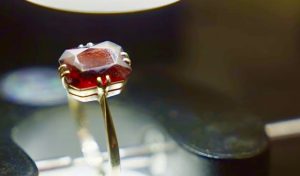
Here is a list of important tasks to tick off that will ensure your jewellery is properly revalued:
1. Finding a valuer
Take your jewellery to your preferred or family jeweller and ask them to prepare a current valuation. If you don’t have a jeweller, look for a registered valuer in your area who is experienced, skilled and able to issue you with a valuation certificate. Make sure you carry out thorough research before making the final decision of which valuer to commission.
2. Existing documentation
Do you have a copy of the original valuation or receipt? Do you have a diamond grading certificate? These documents will assist in accurately identifying the specifications of your item. The more documentation you are able to provide, the more accurate the valuation will be.
3. Photographs
One of the most important elements of a valuation is photographs. Ideally, make sure your valuation includes at least two photographs of the item of jewellery. If there are any unique aspects to the item, such as superior craftsmanship on the underside that holds the stones, this too should be photographed.
4. Stone treatment
It’s critical that the jeweller / valuer is able to determine whether a stone has been treated or not. Emerald stones are often oiled, which is an acceptable treatment and actually goes a long way in determining if it is a natural emerald. Ruby and sapphire stones are predominately heat treated to enhance their colour. However, if you possess a beautiful ruby or sapphire that has not been heat treated, it could be worth ten times more – so ensure that any treatment of stones is correctly identified.
5. Unique pieces
Is the item of jewellery a piece you inherited? If the item has a signature from the jeweller, it could indicate the age of the piece which, in turn, could greatly increase the value of the item. When dealing with antique pieces, even including the old jewellery box or pouch can add to the authenticity of the antique.
6. Clean thoroughly
When it comes to modern jewellery, it’s important that the item is cleaned before it’s valued. However, the reverse is true with antiques – best to leave them alone to show their age and character. A diamond ring, which may be dirty or badly worn, could be hiding an incredibly clean, high coloured diamond.
7. Over-valuing
There is a fine line between overvaluing and undervaluing an item. If the jeweller / valuer overvalued your jewellery, you end up paying unnecessarily high insurance premiums. Conversely, if the item is undervalued, in the event of a claim you won’t have enough coverage to replace the item ‘like-for-like’. Traditionally, insurance companies put the onus on you to have the item properly valued – so it’s important to get the value right.
8. Regularly update the value
Most insurers tend not to ask for updated valuations over time. But the value of your jewellery will change over time. This can leave you exposed in the event of a claim. Pink diamonds, for example, have increased in value so radically over the past two years, that owners of pinks who have not updated their valuations will most certainly be underinsured.
9. The Precious Metals
Some metals are more expensive than others. Take platinum, for instance. It’s more difficult to mine than gold, and only 133 tons of platinum are mined annually (compared with 1,782 tons of gold). Because it’s rare and labour-intensive, platinum demands a premium price.
Most engagement rings are made of gold, platinum or silver. Since precious metals fluctuate in price, your ring’s value may change from year to year.
Your engagement ring’s carat weight also affects its value. Gold comes in different colours, which are created by combining different types of metals in the alloy. Yellow, rose, and white gold are the most popular varieties. It’s not the gold’s colour that affects its value; it’s the purity. Gold jewellery typically ranges from 9ct to 22ct. Pure gold (24ct) is too soft to create rings.
10. The Jeweller
Where you buy your ring can affect its value. If your engagement ring were created by an expert jeweller, it would likely hold its value well.
11. The Ring’s Age
Brand new rings are typically worth more than rings bought on the secondary market. When it comes to jewellery, vintage is defined as between 20 and 100 years old. Antique pieces are over 100 years.
An antique ring with a unique history or rare diamond cut might command an elevated price. Our experts at Anania Family Jewellers have specialised knowledge and can assess and value your ring based on current market conditions.
The Art of Gem Identification
There is a point where identifying gems becomes an art. The final determination is made by human observation, combined with knowledge and experience, rather than measurements taken with precision instruments. This is especially true when it comes to separating natural from synthetic gems. Most measurable physical and optical properties of a synthetic ruby will be identical to those of its natural counterpart. Distinguishing natural and synthetic stones involves observing inclusions in gems through a microscope.
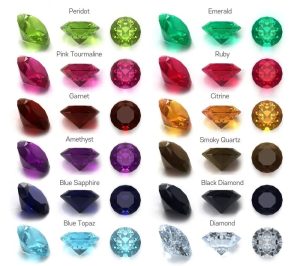
A Little Gemmology is a Dangerous Thing
If you’re a novice gemologist, I hope you’ve learned two things from this brief introduction. First, the basic procedure for gem identification involves ascertaining a gem’s properties and narrowing your list of suspected identifications down to one. Second, and most importantly, a little knowledge can be a dangerous thing.
Treasured Gems
People have treasured gems for many reasons throughout history. Some of these reasons include the use of gems as beautiful decorative ornaments, religious symbols, and amulets and good-luck charms. Gems have also been used for barter and medicinal purposes. Gems have even been used as investments by some people. For others, gems have been used to display wealth, status, and power.
In centuries past, royalty often owned the finest gems. Some of these gems still exist, and their histories are a fascinating mix of fact and legend. For example, the Black Prince’s Ruby and the Timur Ruby. Both are set in the Imperial Crown of the British crown jewels.
The 361-carat Timur Ruby is another striking dark red gem. It was among the treasures brought from India to England in 1850. In the 1300’s, the gem belonged to Timur Lenk and took his name. He is better known in history as Tamerlane, the Islamic conqueror of much of central Asia and eastern Europe. Names and dates carved on the gem show that it later belonged to five Indian rulers. One of them was Shah Jehan, builder of the Taj Mahal.
Gem Lore
Gem lore is full of stories of gemstones with magic and symbolic properties. Ancient peoples believed that certain gems would protect them from misfortune, illness, and unhappiness. The list of gem-related superstitions is long and sometimes contradictory. Opal, for instance, was thought by some to bring bad luck, while others cherished it as a symbol of hope.
In Europe during the Middle Ages, and even more recently in India, pharmacists sold powdered gems as medicine. They were typically to be taken with water or herbal tea. The most expensive gemstones were thought to have the greatest curative powers. Red gems were supposed to help stop bleeding. Green ones were supposed to help the eyes, because green is a restful colour. Yellow stones were believed to cure jaundice.
The number twelve is common in gem lore. Twelve gems that represented the twelve tribes of Israel were set in the breastplate of Aaron, the first high priest of the Hebrews. Among Christians, symbolic gems represented the twelve apostles.
Gems have also inspired many myths. One such example is the legendary creation of the gemstone amethyst. Bacchus, the god of wine and conviviality, was angry because of some slight against him and swore revenge. He announced that the first mortal to come across his path would be eaten by tigers. Just at that moment along came the lovely maiden Amethyst, on her way to worship at the shrine of the goddess Diana. Diana saw what was happening and transformed Amethyst into stone to rescue her from a violent death. When Bacchus viewed the miracle, he repented and poured wine over the stone, staining it purple. In addition, gems have long been associated with the signs of the zodiac and with the sun, moon, and planets.

Signs of the Zodiac
- Aries the ram, bloodstone
- Taurus the bull, sapphire
- Gemini the twins, agate
- Cancer the crab, emerald
- Leo the lion, onyx
- Virgo the virgin, carnelian
- Libra the scales, chrysolite
- Scorpio the scorpion, aquamarine
- Sagittarius the archer, topaz
- Capricorn the goat, ruby
- Aquarius the water bearer, garnet
- Pisces the fishes, amethyst
Lastly, legend has it that the devil created coloured gems. He saw how much people loved coloured flowers, so he coloured gems to gain power and control over mankind. The facts, however, are less fanciful.
photo
Contemporary History
Most gemstones are minerals or rocks and occur in favoured sites in the earth’s crust or in the gravels that result from the weathering of rocks. Of the beautifully crystallised minerals that seem useful for gems, only a very few actually meet the standards, that is, are sufficiently beautiful, durable, rare, and large enough to be cut into salable stones. As a class of natural objects, gemstones are exceedingly rare.
About one hundred chemical elements make up the earth. Oxygen and silicon are by far the most plentiful elements in the earth’s crust, and they occur in most minerals. In gemstones, they are major ingredients in amethyst, aquamarine, emerald, garnet, peridot, topaz, tourmaline, and zircon. Oxygen is a major ingredient in ruby, sapphire, chrysoberyl, and spinel.
As a mineral forms, certain atoms attract each other and arrange themselves in an orderly geometric pattern called the crystal structure. All mineral crystals have their atoms arranged in some combination of fourteen basic patterns.
Minerals usually occur as crystalline grains in rocks. Because the grains compete with neighbouring ones for very limited space, they’re usually isn’t room for complete crystal shapes to form. Time is another important factor in crystal growth. When molten rock cools quickly, natural glass or tiny crystals form. Slower cooling time gives larger crystals time to grow.
Large crystals may form whenever conditions are right. They may grow slowly into open spaces in cracks or hollows in the rocks. Occasionally, nearly perfect crystals are found. A mineral’s internal atomic structure determines its distinctive exterior crystal shape. Crystal shape often helps identify and distinguish gem minerals from one another.
Today, many gems can be creates in laboratories. Synthetic gems have the same chemical composition and physical properties as naturally formed gemstones. A simulated gem may look like a natural gem, but there the similarity ends.
Source of Gemstones

Precious stones
Precious stones are particularly rare and beautiful gemstones. In fact, there are only four gemstones that are called precious stones: diamond, sapphire, emerald and ruby.

Semi-precious stones
All other gemstones that are not classified as precious stones are called semi-precious stones. This does not mean that they are not valuable. On the contrary, many semi-precious stones can fetch sky-high prices if they are of good quality and colour.

How long ago were gemstones formed?
The age of gemstones, from the time they were formed within the Earth, ranges from millions to billions of years.
As carbon-, gas- and other scientific mineral dating techniques improve, scientists are able to determine the age of gemstones more exactly.
“The age of gemstones, from the time they were formed within the Earth, ranges from millions to billions of years.”
For instance, experts currently estimate that diamonds formed deep within the Earth’s mantle more than 3 billion years ago. On the other hand, sapphire is a much younger gem as it formed “only” around 150 million years ago.
Which is the oldest gemstone?
The oldest gemstone formed on Earth is zircon. In 2001, researchers found a piece of natural zircon in Jack Hills, Western Australia and dated it back to around 4.4 billion years. Zircon is a natural gemstone and should not be confused with cubic zirconia which is a synthetic imitation.
 The oldest extraterrestrial gemstone is peridot. While the gem is also mined on Earth, peridot crystals have been found on meteorite landing sites and in mineral samples collected from space. This “stardust peridot” is a remnant of our solar system’s birth from 4.6 billion years ago.
The oldest extraterrestrial gemstone is peridot. While the gem is also mined on Earth, peridot crystals have been found on meteorite landing sites and in mineral samples collected from space. This “stardust peridot” is a remnant of our solar system’s birth from 4.6 billion years ago.
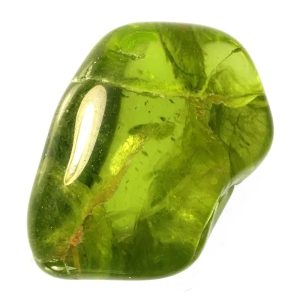
”Gemstones have always had a hold on mankind. Before even the spoken word, humans wore jewellery. But perhaps gemstones are more than just ornaments to us. The value that we place on them lies not just in their financial value, scarcity and longevity, but what their stories mean to us individually, historically and culturally. In short, gemstones symbolise our very humanity”

